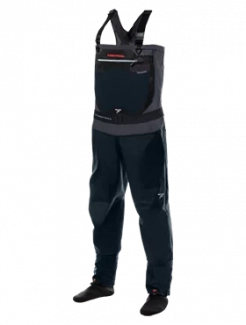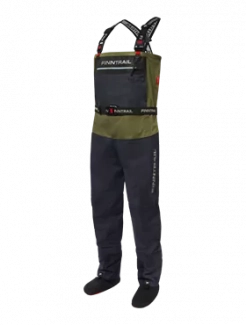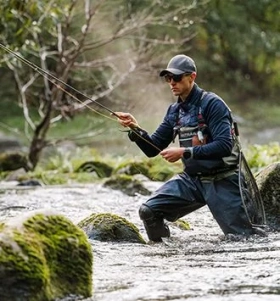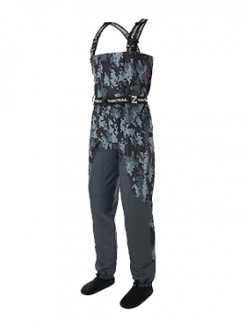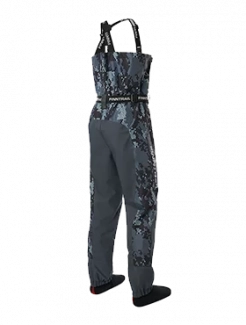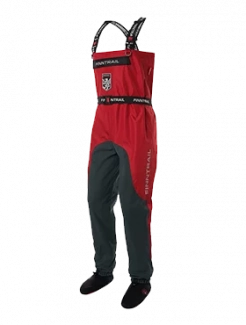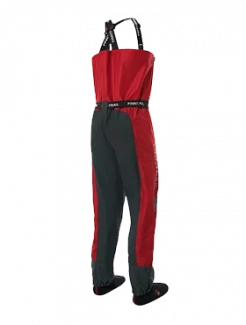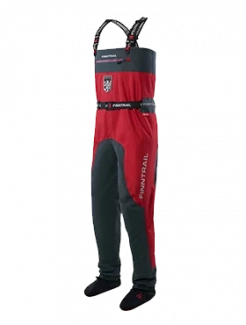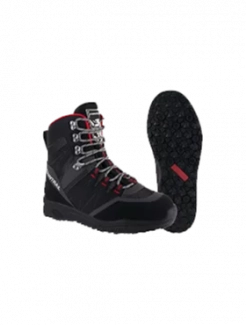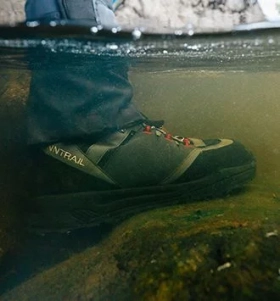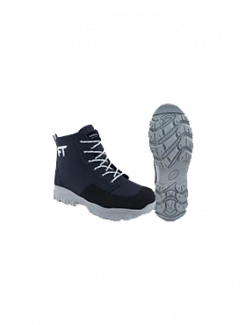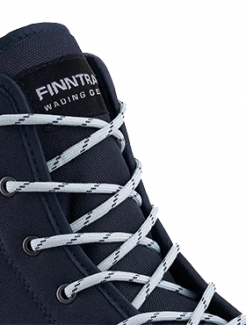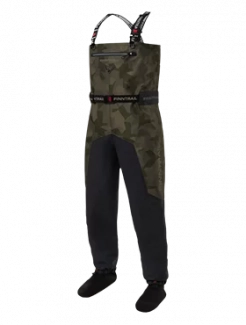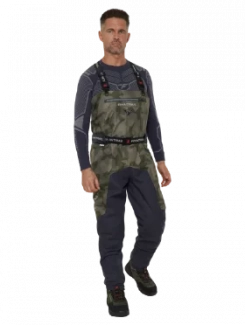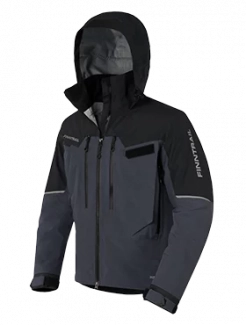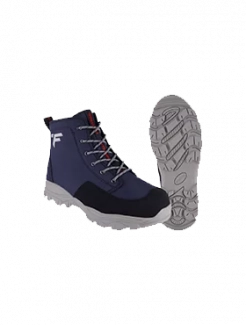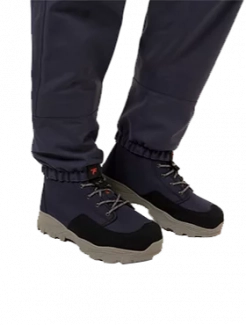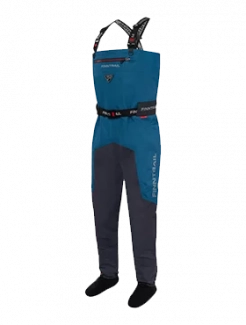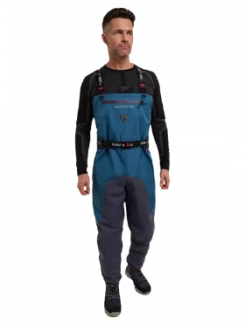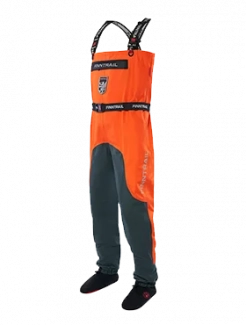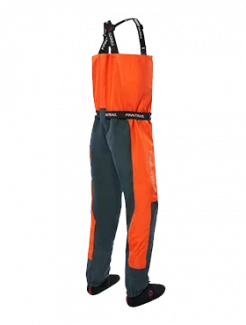Wade Fishing 101: How To Maximize Your Time & Strikes While Wading
Wade fishing is one of the most immersive and rewarding forms of angling. Whether you're knee-deep in a serene mountain lake or inching your way through a coastal flat, the experience of becoming one with the water can turn a routine fishing trip into an unforgettable adventure. Without the barrier of a boat, wade fishing brings you closer to the action — and the fish.
In this comprehensive guide, we’ll cover everything from essential fishing gear to expert fishing techniques, including how to wade safely, what to wear, and how to maximize your strike rate. Whether you’re a seasoned angler or a curious beginner, this guide will help you make the most of your time in the water.
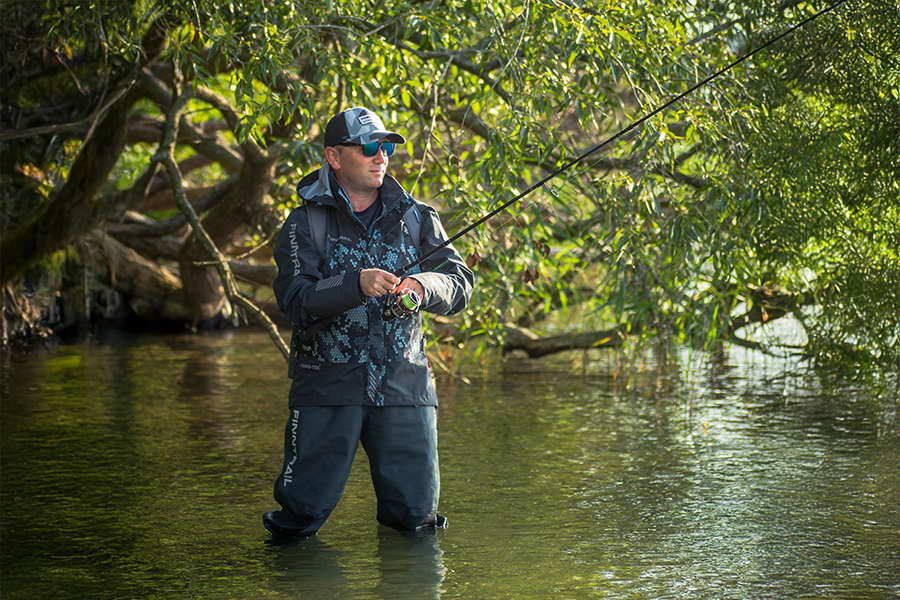
What Is Wade Fishing?
Wade fishing involves walking into a body of water — lake, river, bay, or surf zone — to fish without the use of a boat. It's a close-to-nature style that gives anglers unparalleled access to shallow-water zones where fish often congregate. With your feet on the bottom and your senses heightened by the water around you, you become part of the environment rather than just an observer of it.
You can wade fish in both freshwater and saltwater settings. From trout-filled mountain streams to the vast, fish-rich flats of the Gulf Coast, every location offers a unique experience and different species to target. You’re not just limited to remote wilderness either — urban rivers and coastal beaches often provide excellent wade fishing opportunities just minutes from city centers.
Benefits of Walk and Wade Fishing
Stealth: You're quieter than a boat, allowing you to sneak up on fish without disturbing the water.
Access: Reach hidden spots, such as narrow creeks, rocky shorelines, or shallow flats.
Exercise & Connection: Wade fishing keeps you physically active and deeply engaged with your surroundings. It’s not just fishing — it’s an adventure.
Cost-Effective: You don’t need a boat or expensive electronics. Minimal gear and maximum reward.
Eco-Friendly: With fewer emissions and less disturbance to aquatic habitats, wade fishing is a low-impact way to enjoy the outdoors.
Essential Wade Fishing Gear
Having the right gear isn’t just about comfort — it’s about safety, effectiveness, and ensuring you’re ready for anything the water throws your way.
1. Waders and Footwear
Start with the basics. Whether you’re wade fishing in a cold river or stepping into warm tidal shallows, your clothing should protect and support you.
-
Waders: Choose breathable waders for warm conditions and neoprene waders for colder water. Stockingfoot models paired with wading boots offer better mobility and comfort.
-
Wading Boots: Go for studded soles in rocky areas or felt soles for slippery riverbeds. Always make sure they fit securely to avoid blisters.
-
Wading Belt: This often-overlooked piece of gear can be a lifesaver, preventing water from rushing in if you fall.
2. Rod and Reel
A versatile setup can handle a range of conditions and species:
-
Rod: A 7- to 7.5-foot medium-heavy spinning rod offers the balance of casting distance and control.
-
Reel: Match with a 3000–4000 size spinning reel. Ensure it’s saltwater-rated if you’re fishing the coast.
-
Line: Use 10–15 lb braided main line for sensitivity and strength. Add a 20–25 lb fluorocarbon leader for stealth.
3. Tackle and Lures
Pack smart and light. Choose multi-purpose lures that perform across conditions:
-
Soft plastics: Paddle tails, flukes, and jerkbaits.
-
Topwater lures: Walk-the-dog and popper-style lures are great for surface strikes.
-
Spoons & Jigs: Good for casting distance and mimicking baitfish.
-
Saltwater additions: Shrimp imitations, crab patterns, or Gulp baits work wonders.
4. Storage Solutions
Keep gear compact and accessible:
-
Waist or Chest Packs: Opt for waterproof or quick-dry materials.
-
Float Trays or Waterproof Bags: Float alongside you to carry extra gear, snacks, or drinks.
Smart Accessories for Wade Fishing
-
Floating Net: Prevents loss and keeps the net handy when landing fish.
-
Stringer or Fish Gripper: Learn how to use a stringer when wade fishing to keep your catch fresh and safe.
-
Polarized Sunglasses: A game-changer for spotting fish, reading water, and protecting your eyes.
-
Wading Staff: Great for stability in rivers or uneven terrain.
What to Wear Wade Fishing
Comfort and protection are key, especially when conditions change quickly.
-
Hot Weather: Lightweight, moisture-wicking shirts; quick-dry pants or shorts; sun gloves; a buff or wide-brim hat.
-
Cold Weather: Thermal base layers, fleece insulation, waterproof outerwear, and warm socks. Don't forget waterproof gloves.
-
Always: Sunscreen, insect repellent, and a dry bag for valuables.
Wade Fishing Techniques
Mastering how to wade fish is a mix of stealth, strategy, and reading the environment.
1. Scouting and Entry
Before you step into the water:
-
Look for baitfish activity.
-
Watch for birds diving or patrolling.
-
Check water color, current, and structure.
-
Wade in slowly and quietly — rushing can spook fish hiding nearby.
2. Casting Strategy
Use a fan-casting pattern:
-
Cast straight ahead, then incrementally shift direction left and right.
-
Cover a 180° arc before taking a few steps forward.
-
This systematic approach ensures you don’t miss active fish zones.
3. Presentation Matters
Adapt your retrieval to the conditions:
-
In cold or clear water: Use slower, more natural movements.
-
In warm or murky water: Add erratic twitches and speed for reaction strikes.
-
Match your lure color to water clarity: natural tones for clear, bright or contrasting for stained water.
4. Positioning and Movement
-
Move in a zigzag pattern to maximize your coverage.
-
Shuffle your feet — especially in saltwater — to avoid sudden drop-offs or stepping on stingrays.
-
Keep your profile low and movements smooth to avoid alerting nearby fish.
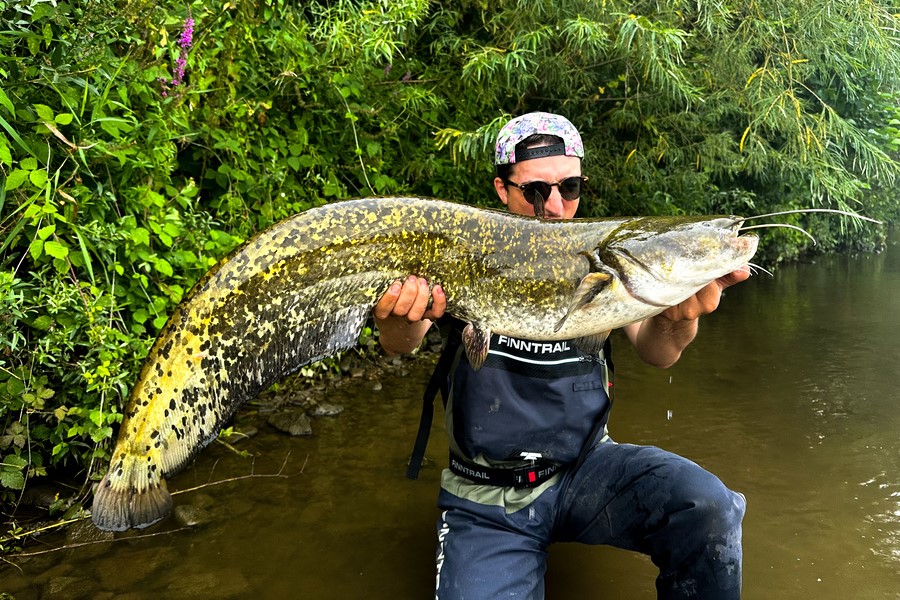
Where to Wade Fish
Lake Fishing
High-altitude lakes around the world offer excellent wade fishing opportunities. These clear, cold-water fisheries are ideal for catching trout, bass, and perch. Focus on underwater features like boulders, gravel bars, or the edges of aquatic vegetation.
Coastal Fishing
Wading along coastal shorelines can be productive in many parts of the world.
-
Shallow Flats and Estuaries: Great for targeting species like redfish, sea trout, snook, or flathead, depending on the region.
-
Tidal Creeks and Mangrove Areas: These sheltered waters often hold fish like flounder, black drum, juvenile tarpon, or barramundi.
-
Surf Zones: Casting from the beach into the surf can produce a variety of species including pompano, whiting, trevally, or jacks. A longer rod helps with distance in the waves.
Wade Fishing Tips for Success
-
Check the Weather: Wind, lightning, and current can pose risks.
-
Use the Buddy System: Safer and often more productive.
-
Protect Electronics: Store phones and keys in dry bags or waterproof cases.
-
Pack Light, Pack Right: Trim gear down to essentials.
-
Respect the Fish: Practice catch and release when appropriate, especially during spawning seasons.
-
Know Local Regulations: Bag limits, protected areas, and gear restrictions vary — stay informed.
Final Thoughts: Maximize Every Cast
Wade fishing isn’t just about catching fish — it’s about the experience. The silence of the water, the thrill of a strike in knee-deep flats, and the connection to nature that only comes when you immerse yourself in it. When you're properly prepared — with the right wade fishing gear, safety measures, and techniques — each outing becomes more than just a fishing trip. It becomes a memory.
So lace up your boots, grab your rod, and step into the water. Whether you’re wade fishing in remote mountain streams or wade fishing the Gulf Coast at sunrise, the next strike might be just one perfect cast away.

